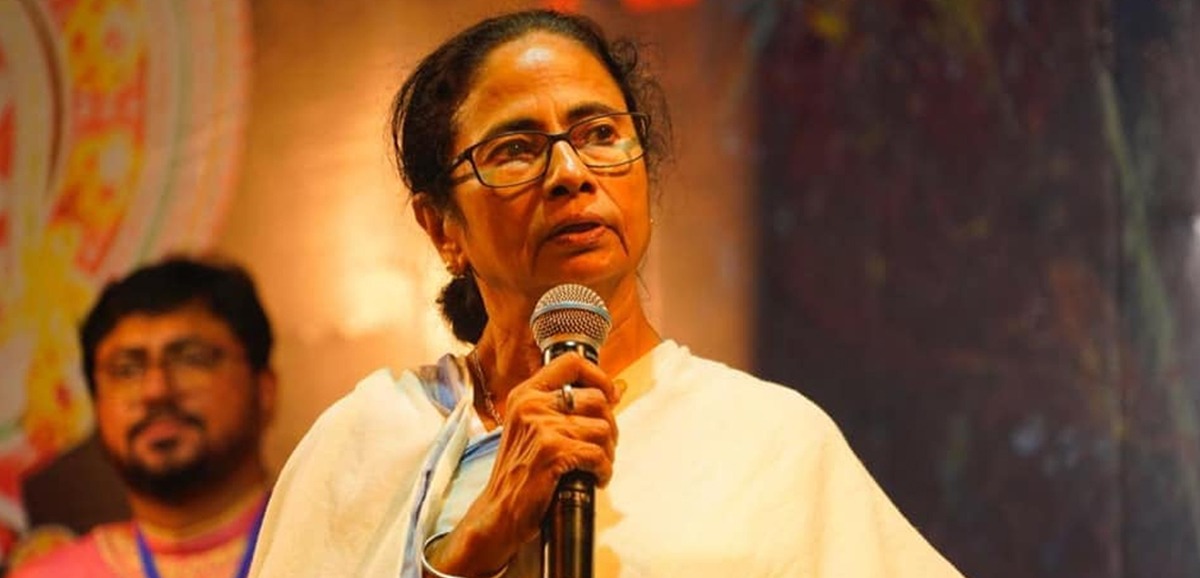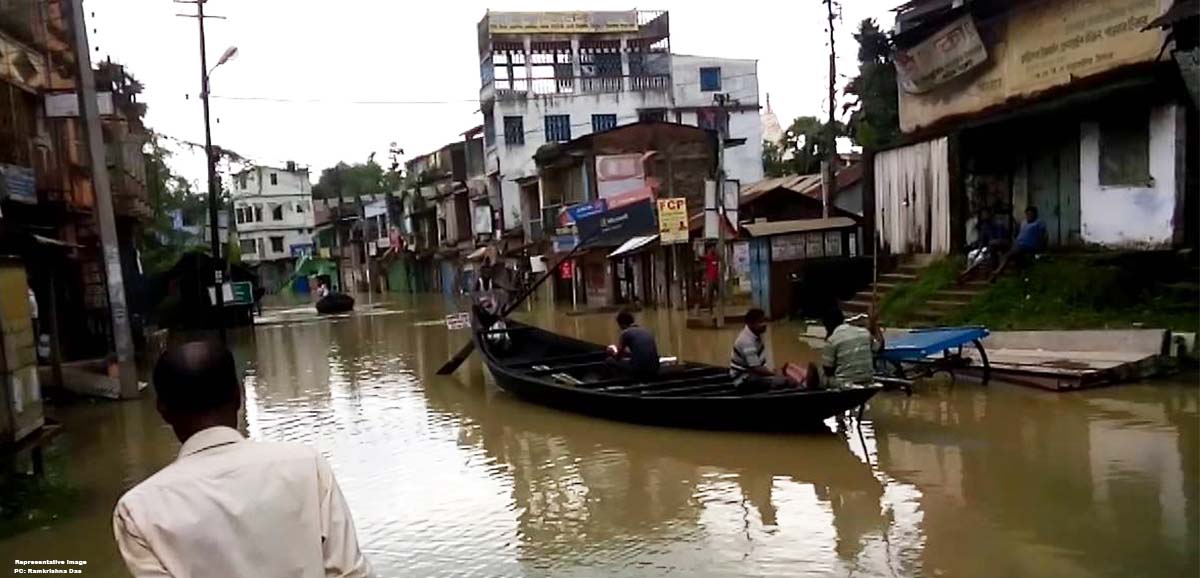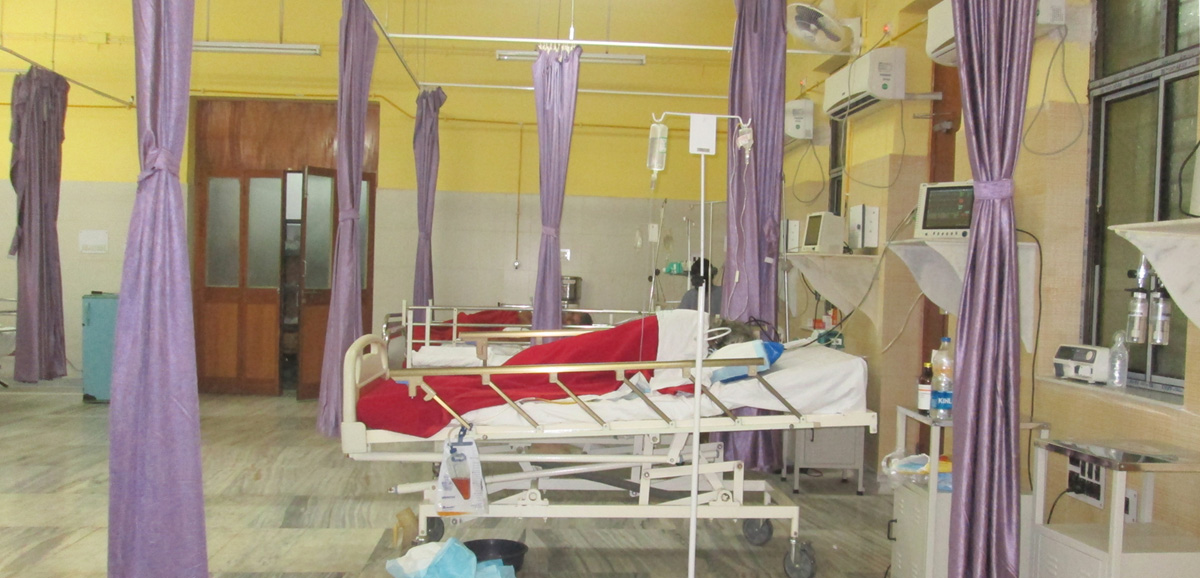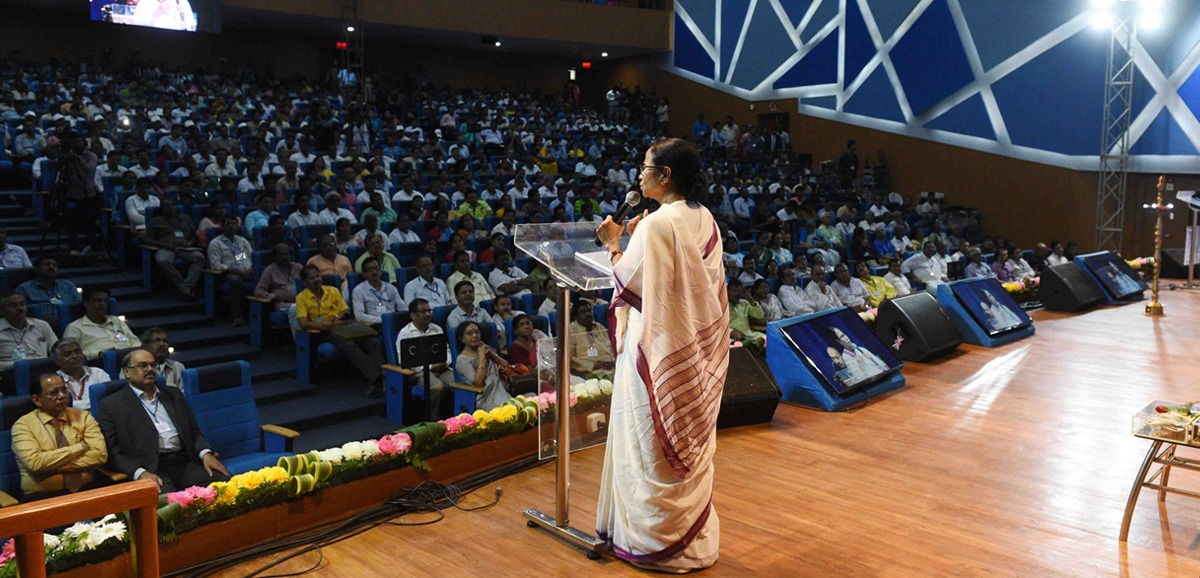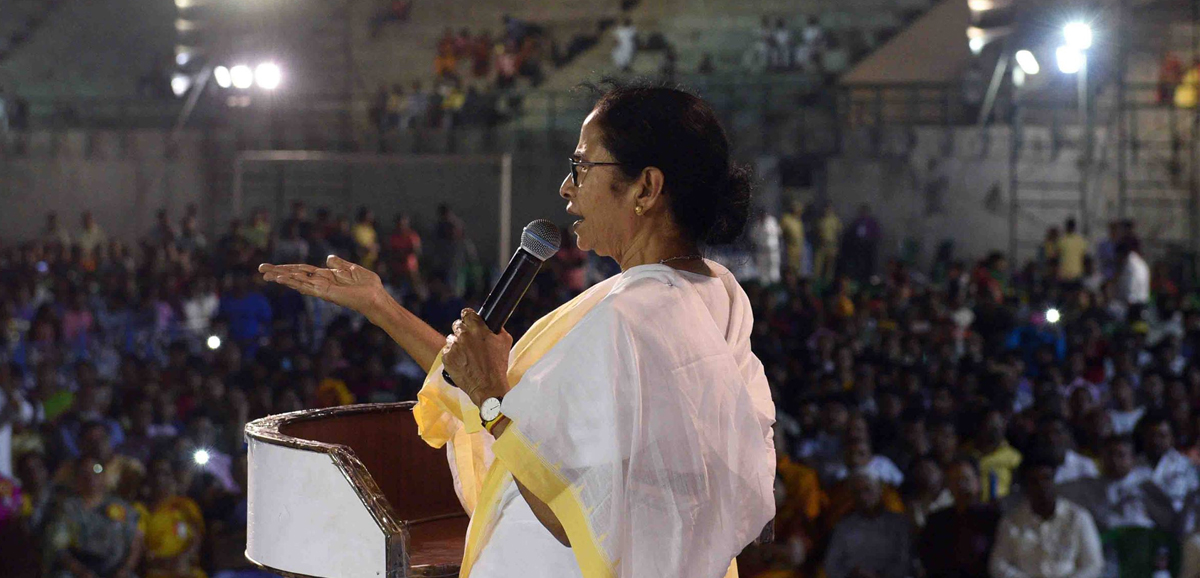Gandhi Jayanti this year is special, being the 150th birth anniversary of the Father of the Nation. Inevitably, the day was celebrated with fervour, splendour and respect across the State.
Chief Minister Mamata Banerjee led the special celebrations. First, she garlanded the statue of Mahatma Gandhi on Mayo Road. She then opened to the public a museum at the renovated and refurbished Gandhi Bhavan in Beleghata. In her speech, she exhorted everyone to follow the ideals of the Mahatma.
Highlights of her speech:
The holy day of Chaturthi has coincided with the 150th birth anniversary of Mahatma Gandhi.
We are inspired by the thoughts and deeds of the great leaders of our country. We remember them every moment of our lives. They may have spoken different languages, but their outlook was the same.
We are celebrating Gandhi Jayanti today across Bangla.
The day India gained Independence, Gandhiji chose to spend the historic occasion at Gandhi Bhavan in Beleghata instead of in Delhi. He had sat there appealing to people of every religion, caste and creed in the country to stop rioting and bring peace.
We have renovated Gandhi Bhavan and set up a museum in his memory there.
We are also setting up a university named after Mahatma Gandhi in Purba Medinipur district.
The area surrounding Gandhi Ghat in Barrackpore is being built as a tourist spot, and will be named ‘Utsadhara’.
Our State Government has published a book ‘Jatir Janak’ (‘Father of the Nation’) to spread the ideals of Gandhiji among students.
His ideals are also being spread among the people through various schemes for the backward classes of the State.
Today, we strengthen our pledge to move ahead in step with the three core beliefs of Gandhiji – non-violence, peace and brotherhood. We don’t need anyone else in India to lecture us on what to do for the good of the country. Such advice could only be given by someone who had the capability to become the ‘Father of the Nation’.
People like Netaji and Gandhiji are the true leaders of the nation because they led people irrespective of religion or caste. Dividing people, instigating fighting, creating trouble, shedding blood cannot be the aim of any leader of the country. These are the evils Gandhiji used to propagate against all through his life.
Gandhiji is famous and respected across the world for his non-violent and humanistic approach.
He was a great leader of the nation. His principles and vision have taught us to think of newer ways to strengthen our democracy and develop our country while taking everyone along.
Communal harmony, peace and prosperity come up again and again in Gandhiji’s teachings. It is only when we follow them and imbibe his ideals in our day-to-day lives that we would be able to pay him due respect.
Let there be more research on Mahatma Gandhi. Let more people be inspired by him. We have to move ahead in our lives following his great ideals.

